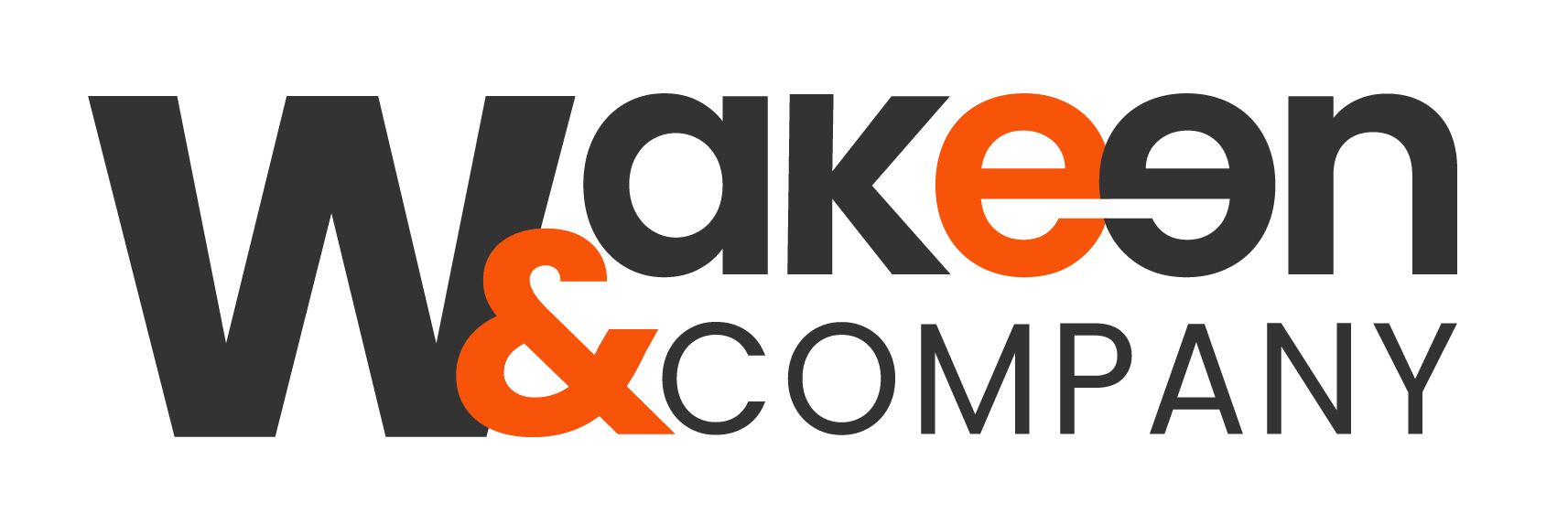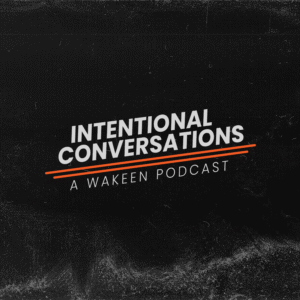Every marketer faces it: the age-old question of how to allocate your budget. Do you focus on lead generation with its clear, measurable return, or do you invest in the more intangible pursuit of brand awareness? In this tale, let’s follow two fictional marketing teams, Team LeadGen and Team Awareness, to discover the methodology used to determine ROI for each and the lessons we can take away from their experiences.
Chapter 1: The Tale of Team LeadGen – The Quest for Measurable Results
Team LeadGen embarked on their marketing journey with a singular mission: to capture leads. From the very beginning, they set up sophisticated tracking tools, clear KPIs, and a direct connection between their campaigns and actual sales conversions.
They focused on measurable actions – filling out forms, downloading content, attending webinars, or clicking on specific offers. Each lead was treated like a treasure, each sale an accomplishment. The ROI was easily calculated by tracking how many leads converted into customers and how much revenue those customers generated. The more precise the tracking system, the clearer the ROI.
But even in their world of clear numbers, the path wasn’t without challenges. They faced the problem of distinguishing quality from quantity. Sure, they could measure how many leads filled out their forms, but were all of those leads truly interested in their product? And what about the customers who took longer to convert, those who needed time to develop trust before making a purchase? It became clear that while lead generation ROI was quantifiable, it didn’t paint the whole picture of the marketing efforts’ true value.
Lesson: The ROI of lead generation can be directly measured in terms of conversions and revenue, but it doesn’t always tell the full story, especially in terms of long-term brand loyalty and customer trust.
Chapter 2: Team Awareness – The Long Road to Hidden ROI
On the flip side, Team Awareness took a different approach. Their journey began with a broader vision: create brand recognition, build trust, and establish themselves as a thought leader in their industry. They knew that brand awareness wasn’t something that would result in immediate sales, but they believed it would ultimately pay off in the long run.
To evaluate ROI, Team Awareness didn’t focus on immediate conversions. Instead, they measured engagement – website visits, social media interactions, earned media through public relations, and brand recall. They used surveys and tracking tools to see how many of the people who had seen their ads or interacted with their content eventually remembered their brand when it came time to make a purchase.
However, the ROI was far less tangible. Unlike Team LeadGen, they couldn’t point to an exact number that represented their return. And while brand recognition metrics were positive, the real payoff came in the form of brand equity—something harder to measure, but deeply impactful on the long-term value of the company.
Lesson: The ROI of brand awareness can’t always be captured in dollars right away, but it is essential for sustainable growth and customer loyalty in the long term. It requires patience and a different kind of measurement methodology.
Chapter 3: The Intersection – A Hybrid Approach to ROI
As the story unfolds, both teams realized that their methodologies had their strengths and weaknesses. Team LeadGen had an effective system for generating leads and measuring their immediate value, but they missed the long-term benefits of brand recognition. Team Awareness, on the other hand, was building a foundation of trust without direct, measurable outcomes, so they struggled to prove their ROI to leadership.
The revelation came when both teams decided to merge their approaches. By aligning lead generation with brand awareness efforts, they found a balance. For example, they could track how brand awareness activities (such as a well-timed campaign) contributed to the quality of leads that were being generated. Awareness campaigns helped improve conversion rates over time, and the leads from these campaigns turned into long-term customers.
They found a hybrid methodology: ROI could be measured in both short-term results (sales, leads) and long-term brand equity (shorter closing cycles, more referrals). Using tools like attribution modeling, they linked their efforts together. Their final realization? Both metrics matter, and measuring both in harmony leads to a clearer, more comprehensive picture of ROI.
Lesson: Combining lead generation with brand awareness offers the most complete view of ROI. Each plays an essential role in the overall customer journey. Understanding how they influence each other provides the insights needed to make better marketing decisions.
Conclusion: A Tale with No Clear Winner
In the end, the debate over which approach to prioritize doesn’t have a definitive answer. Lead generation offers immediate data, while brand awareness builds sustainable value over time. But by recognizing the purpose of both and integrating them, marketers can make smarter decisions that drive both short-term wins and long-term success.
The key to understanding ROI in marketing isn’t just about picking one over the other, but about seeing how these two forces can work together to tell a full, cohesive story of a brand’s success.





